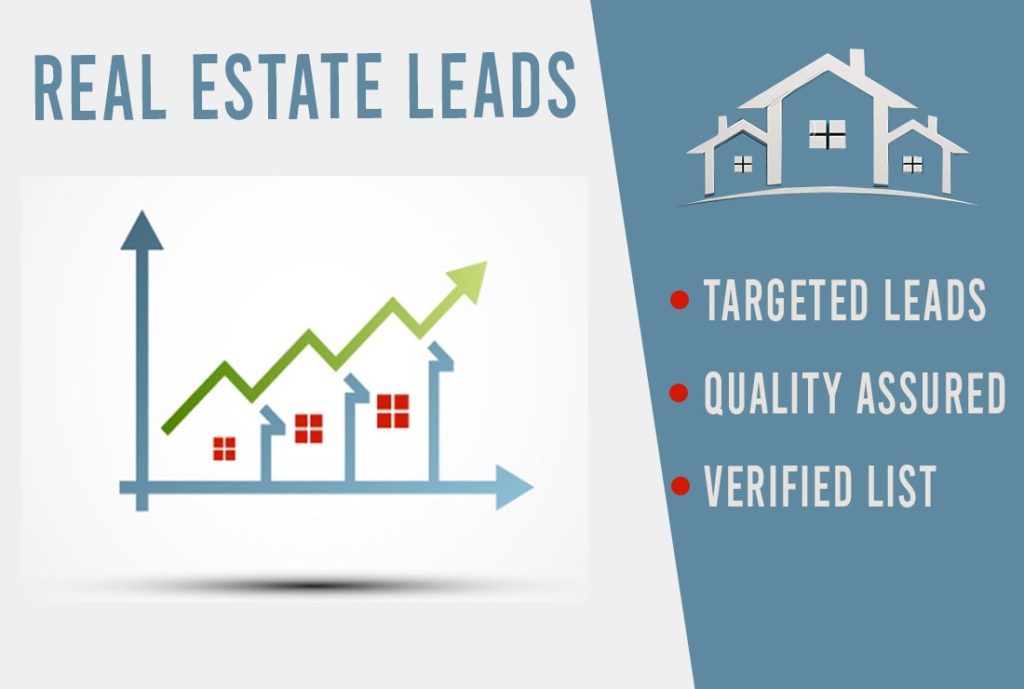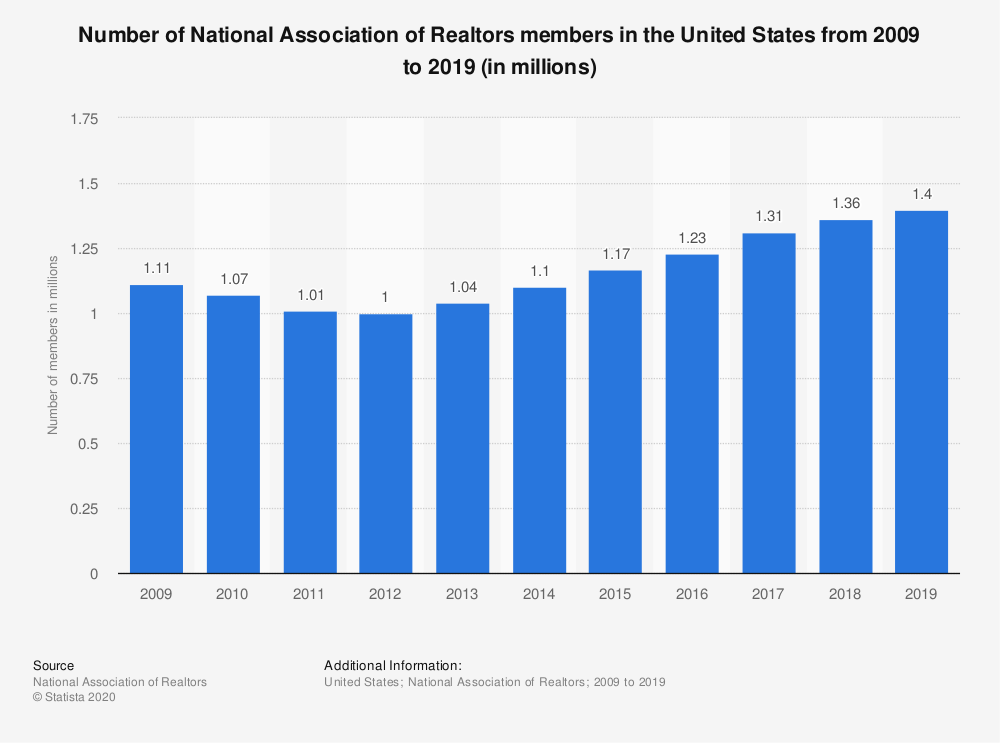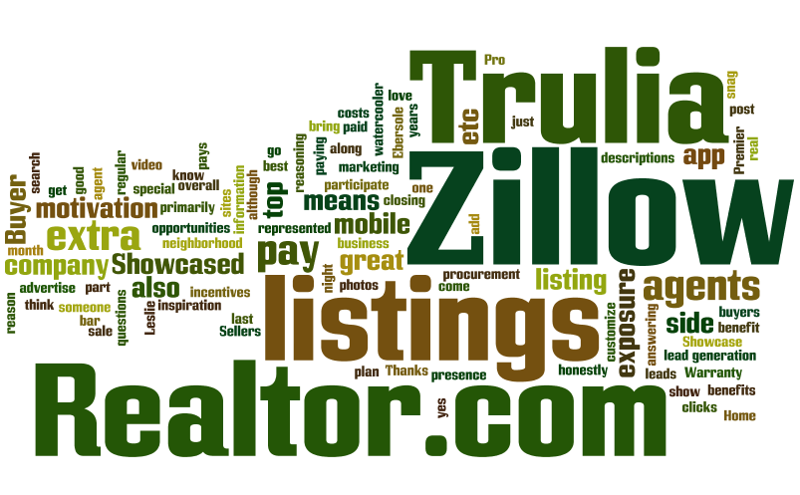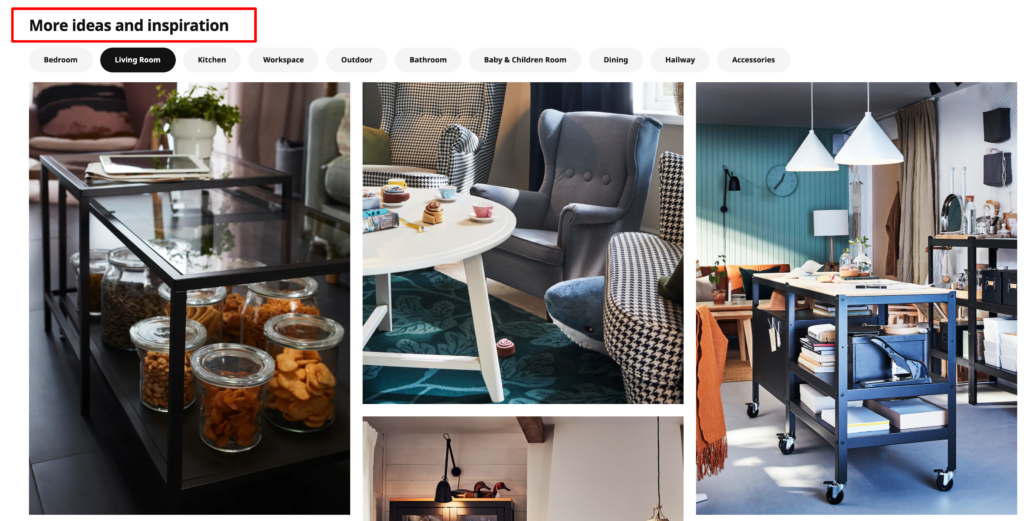Where do we start when building an online brand? In this article, we’ll go through the core principle of building an online brand in Real Estate.
Value-added marketing
The biggest problem in today’s marketplace is oversupply. Clients are overwhelmed with the variety of products and services.
Products and services on the oversaturated market become a commodity in the eyes of clients. The only differentiation factor is the price. Think of oil as an extreme example of a commodity. In Real Estate we see how a lot of agents offer lower commissions to convince potential clients.
How do we stop being a commodity? – We build brand.
How do we build brands online?
This is where the concept of value-added marketing emerges. It doesn’t matter what market and type of client you work with. Value-added marketing is the core of building an online brand.
Value-added marketing is a client-centric approach to generate leads/sales where you show people that your services are more than just a money-making machine but a genuine intention to help.
Let’s see what it is and how to use it to our advantage.

Clients don’t see the value
Have you ever asked why is it so hard to engage with a client who submitted a lead form online?
Why people give their information and then disappear? It’s happening in every industry where the market is oversaturated with offers to help and you don’t have a unique value proposition.

Let’s look at the situation from a client-side. How many times lead generation experts have approached you in the past with lead gen offers? I guess a lot!
Over and over again they propose you the same services, usually, it’s Facebook or Google lead gen. Anything special about them? Not really. It’s hard to choose between them.
- You are hearing about them the first time
- They have the same offer as anyone else
Therefore your interest is low. You don’t see the tremendous value in speaking with this person.
In the chart below you can see how many new real estate agents enter the market and start competing for the same clients.
The question is how can we differentiate ourselves and spark the interest in potential clients to at least have a conversation.

By the way, we’re in the same boat. Every day someone targets us with lead gen ads.
All of them seem to find this magic success formula. They want to teach us how to generate 5-10 leads in a week and don’t spend anything on ads. I’m always wondering how come you can teach someone how to generate leads without ad spend but spending money on YOUR ads.
The problem with all these business professionals that they don’t offer any value to us. No one stands out from the crowd.
It always bothers me when I see a great realtor who’s more knowledgeable than the majority of real estate professionals but doesn’t have a brand.

Clients have got smarter
The digital age doesn’t make things easier. Real estate agents lost the monopoly on industry insights.
Nowadays anyone can go online and see how much their property cost. I can assure you it’s only the beginning of the disruption, more online services will enter the market and give power to the client’s hands.
It means we can’t use access to any sort of database as a competitive advantage. Value decreases when almost everyone knows how to use Zillow, Realtor, Condos.
The clients got smarter and want to see what agents have to offer besides the MLS access.

Advertising cost goes up
The time when Digital Marketing just started has passed. A lot of advertisers compete for the same online audience. Social media become overcrowded and the price goes up.
5 years ago it would take you 3-5 ad impressions to get noticed on advertising platforms, these days it would take up to 16 impressions until you get noticed. Therefore advertising cost goes up.
Pushy tactics
Overcrowded platforms force people to show more ads and go through more leads to close some of them. Some sales professionals try to squeeze everything from leads that they become pushy. It makes sense to get the most ROI on your marketing efforts but it doesn’t work long term.
What are the examples of pushy tactics?
- Making empty promises in your ads
- Just lure people to call you in your ads
- Setting a high frequency of your ads
- Spam people with emails and text messages
All these tactics work, you will generate leads, but the quality will be low.
What people are looking for
80% of the client’s journey is happening within the research stage. People want to educate themselves and feel comfortable enough to make a commitment. People are accustomed to easy access to any sort of information that is available online.
As an example think of car dealerships, how much information is available online. Sales and marketing tactics are completely changed. The majority of people do research and then go to the dealership. The biggest focus for automakers is to build a positive image and establish an online presence.
Realtors say that the R/E business is a relationship business.
How do you start a relationship with a stranger?
First of all, you have to establish trust. You provide value, give clients something they are looking for without expecting anything in return. Marketing tactics that are built around giving clients additional information to help them make educated decisions are called value-added marketing.
Examples of Value-added marketing

For example, if you go on the IKEA Website you will see a lot of inspirational content. They add value by giving you ideas for your home.
Think of their offline experience as well, they try to add value at every corner, they show you different concepts, ideas, interiors, make all items easy to purchase right away.
By the way you can create similar inspirational section on your website. Inspirational stories, house interiors, exteriors.
Look at the Delloitte website, besides the strong brand and long history of success they still focus on giving value through every communication channel that they have. In fact, their main call to action on the website is “Read more”.
After the click, they offer you to download a full report on the Canadian Business landscape. The home page on their website looks like a business magazine. Why are they doing that? Because they are in consulting which is also a people/relationship business like real estate. You can see their website yourself and find how much value they give away for free.
How to add value in Real Estate?
Now how do we add value in Real Estate? Think of Real Estate transactions as consulting services. It is even more important than typical business consulting. You help people get a home of their dream, a lot of them commit for 25-30 years to pay a mortgage.
Earn people’s trust by providing information for free. Again, the emphasis here is to establish trust. Educate them through providing videos, texts, social media posts, infographics, podcasts.
Agent’s added value: Market Knowledge, experience, communication, negotiation.
The MLS is surely not a value-add. Experience and deep market knowledge are the value-adds. The ability to adapt and keep you well informed and let you know what to expect before it happens is a value-add. The relationships with appraisers, attorneys and mortgage brokers are value add.
The question is how to convey this value at SCALE. This is where the digital world can help us. Social media platforms, websites, portals offer us the opportunity to reach audiences instead of individuals.
Summarizing everything above we want to educate our potential clients at the scale of audiences and not individuals.
What we need in 3 steps:
- Find your audience
- Topics – what your audience is looking for
- Platforms to post – based on your audience and content type you want to share

1. Find your audience
What exactly do we have to produce for our clients? There are so many different channels and types of content out there to choose from. We have to take a step back and think about WHO we want to attract.
People at different life stages have different interests and behaviours. This means different people would have certain preferences in content type and delivery style. We want to match our content and the language we use with theirs.
How can we segment people?
- By life stage
- By property type
- By locations (specific neighbourhood)
Knowing your audience will be helpful while producing content. You will have a specific audience in mind that you’re talking to.
For example, your target audience could be downsizers, upsizers, retirees, first-time condo buyers, foreign investors, streets, neighbourhoods, detached houses, condos, etc.
Keep in mind you shouldn’t just focus just on one audience, every business has multiple audiences to target. Having those audiences in place helps to prioritize and communicate at scale. Start with one audience, give as much value as possible and then move to the next one.
Make sure your target audiences are big enough to work with. You should find a balance between the size and personalization of your messaging.
The audience targeting approach will give you a competitive edge over your generic competitors who speak to everyone. Trying to target everyone means target no one, your message won’t be as powerful as it could be.
Things to consider when thinking of audiences:
- Your expertise – What clients/audience I can bring the most value
- Customers can relate to you, you easily connect with and having pleasure working with
- Enough people – Your audiences are bin enough
2. How do we find topics?
We know that providing value through your marketing communication is the key to building a successful brand online in R/E. Knowing your clients will help you with creating content and staying true to your brand. But how do we find WHAT to write/record videos about and what’s trending?
The good thing the internet generates data in abundance every day. We have to know which platform we should use and how to use it.
Let’s start with the simplest tool where you don’t need any technical knowledge.
Quora
Quora is a good source of questions. See what people ask, how they ask and how others answer.
In the example above I typed ”buy house California” in order to find what people are searching for in California. The 3d result is a perfect example of a POTENTIAL ARTICLE for realtors in the West Coast.
Reddit is also a good source of ideas for your content. In this case I typed in the search box “ontario real estate”. Look at the titles to find trending topics to write about.
3. Best platforms for Real Estate
We know our audience and have content that we want to share with them. Now we need to figure out what is the best platform to post.
Let’s first start with some numbers…
- 77% of realtors actively use social media for real estate in some way, shape or form
- 47% of real estate businesses note that social media results in the highest quality leads versus other sources
- 99% of millennials (and 90% of baby boomers) begin their home search online (as opposed to in-person referrals)
Now let’s talk about the best social media platforms for real estate professionals.
Facebook & Instagram
From our experience we suggest starting with Facebook & Instagram as it has the most number of daily users and therefore, your potential customers are there almost everyday.
Not to mention, both platforms are populated with a wide variety of age demographics. And you can easily reach the right type of audience on the platform.
Facebook is not only great for building your own community and sharing valuable content but also collecting past clients’ testimonials and building trust with future sellers and buyers.
Instagram is currently booming for real estate with its Stories and newly released Reels (Tik Tok video format). Moreover, IG is great for high-quality property photos and video virtual tours.
YouTube
Talking about videos, we cannot neglect YouTube. It is the biggest video hosting out there with a decent organic algorithm and millions of people watching every day. If compared to any other social media platform, YT is the best for long videos (10+ minutes). There is no doubt that most of the content on YouTube is created to entertain users, however, there is a need for educational content, including the real estate niche.
Having a real estate channel with even thousands of subscribers will boost your credibility dramatically, especially if you are covering hot topics.
Good read: Real Estate video marketing examples
It is not necessarily great to find potential buyers and sellers but it is a fantastic place to connect and communicate with other realtors.
However, in recent years LinkedIn evolved dramatically. More and more young people are joining this platform to seek valuable information. Playing a Long-term game could bring you, followers and clients.
The most important thing to mention is that the LinkedIn organic algorithm is amazing. With the right content, relevant hashtags and high user engagement, your post could go into the Trending page and reach thousands of new users. Absolutely for free.
While you might not be spending a ton of time on LinkedIn (compared to FB), setting up a profile or company page is a great way to supplement your online presence.
Tik Tok
So what’s up with Tik Tok you ask me? Well, similar to LinkedIn its organic algorithm is great, allowing you to go from 0 to millions of views. This platform allows you to build a massive awareness with the right type of content. However, you need to be aware of young users being on the platform (16-24) and compared to Facebook and LinkedIn it will be harder to convert those people into clients.
Conclusion
I always say don’t try to make it perfect right away, start with something small. Try choosing one audience, finding a couple of content ideas and record one or two videos/writing blog articles. Always measure your results and build your brand step by step. Don’t expect immediate results. It will take you at least 9 months to see the first results.


![[Research] How homeowners and housebuyers choose real estate agents](https://www.desa.ninja/wp-content/uploads/2022/07/Real-Estate-Research.png)

